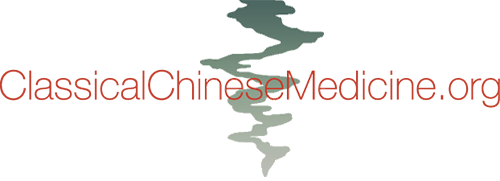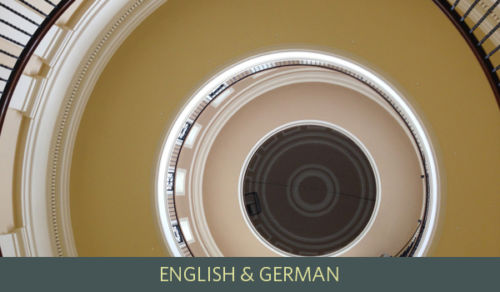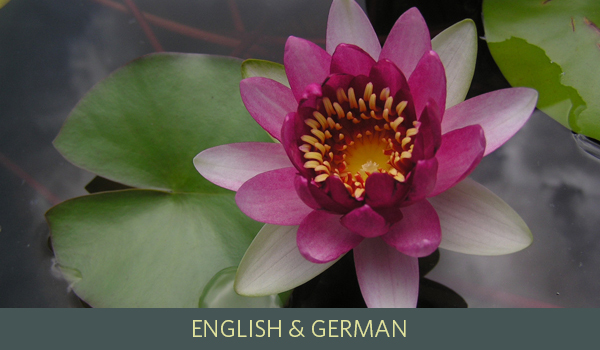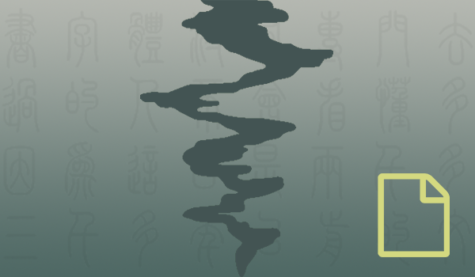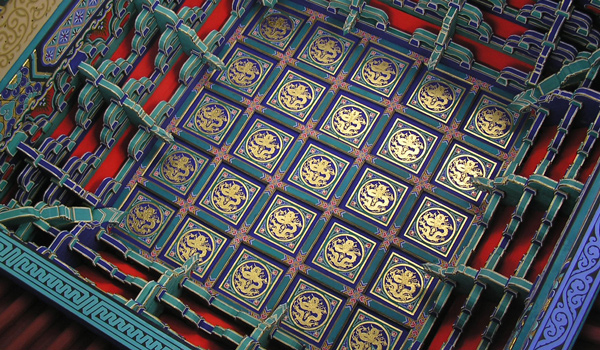Translations
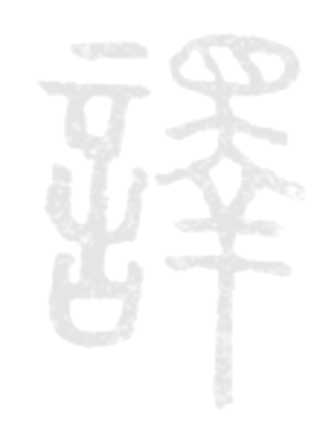 It is one of the goals of this website to participate in the global movement of preserving and appreciating ancient wisdom, for the specific purpose of utilizing its variegated modes of diagnostic and therapeutic knowledge in a modern clinical context.
It is one of the goals of this website to participate in the global movement of preserving and appreciating ancient wisdom, for the specific purpose of utilizing its variegated modes of diagnostic and therapeutic knowledge in a modern clinical context.
The field of Classical Chinese Medicine encompasses a vast reservoir of extant materials, comprising a cache of thousands of documents written between 500 B.C.E. and the 1930s. The knowledge therein stems from the direct observation of natural processes, cultivated through a millennia long tradition of textual commentaries. The ancient Chinese first recorded macrocosmic cycles and patterns in the form of graphic symbols; followed by the creation of pictograms that gave names to the processes of nature; followed by the composition of text that gave details to the names; followed by the formation of commentaries on the textual record.
Much of this rich depository of scientific thought on the interconnection between macrocosm and microcosm remains available in classical Chinese. Yet even in China itself, the number of people who are able to read and understand these records at a deep level is dwindling. For Western readers, only a small fraction has been translated into English or other European languages. In both East and West, moreover, the interest in classical texts appears to be waning, perpetuated by the belief that ancient documents may have some historical value, but that modern textbook interpretations of the principles of Chinese medicine have far greater clinical relevance. In contrast to this development, most ancient master physicians report that they reached their level of clinical achievement by seeking “proximity to the source” through the life-long immersion in the original wellsprings of Chinese cosmology, philosophy, and medicine.
While it may be impossible to create a complete record even in the original Chinese, this section of the site is designed to participate in the evolving process of translating classical Chinese medicine source materials of the broadest possible variety and flavor. We hope that practitioners, students, and recipients of Chinese medicine will thus gain an additional opportunity to experience the original beauty and sophistication of this medicine.
Between Heaven and Earth: Selected Translations from the Classics
BY VARIOUS AUTHORS
TRANSLATED BY HEINER FRUEHAUF
The qi of earth ascends, the qi of heaven descends. In this fashion, yin and yang grind against each other, and heaven and earth merge in undulating embrace. If this setting is vibrated by thunder, excited by wind and rain, moved by the flow of the four seasons, and fondled by the germinating light of sun and moon, the world’s myriad processes of transformation become aroused.
FROM BOOK OF RITES (LI JI), FL. 2ND CENTURY B.C.E.
GERMAN TRANSLATION BY MARKUS GOEKE
The Heart: Selected Readings
BY VARIOUS AUTHORS
TRANSLATED BY HEINER FRUEHAUF
The heart is the ruler of the five organ networks. It commands the movements of the four extremities, it circulates the qi and the blood, it roams the realms of the material and the immaterial, and it is in tune with the gateways of every action. Therefore, coveting to govern the flow of energy on earth without possessing a heart would be like aspiring to tune gongs and drums without ears, or like trying to read a piece of fancy literature without eyes.
FROM THE DAOIST CLASSIC, CONTEMPLATIONS BY THE HUAINAN MASTERS (HUAINAN ZI) FL.110 B.C.
Principles and Persuasions in Chinese Medicine Diagnosis – Selected Readings
BY VARIOUS AUTHORS
TRANSLATED BY HEINER FRUEHAUF
Prior to the process of treating disease, the sage (superior doctor) must be able to distinguish the Yin and Yang of Heaven and Earth. S/he must know the rhythmic flow of the four seasons and the intricate relationships between the five organ networks and the six bowel systems. S/he must be able to distinguish the Yin/Yang and exterior/interior quality of the meridians, and know what kind of diseases to treat with acupuncture, what kind with moxibustion, and what kind with herbs.
INDIVIDUAL MONOPGRAPHS
Bagang: The Eight Diagnostic Parameters
BY VARIOUS AUTHORS
INTRODUCED AND TRANSLATED
BY HEINER FRUEHAUF
Traditional Chinese medicine incorporates several diagnostic systems of differentiation, such as the five organ approach, the six confirmation approach, and the triple warmer approach. These different diagnostic systems are frequently combined in clinical practice, but since they were conceived and favored by different schools of medical practitioners, they are often used completely independent from each other. The eight diagnostic parameters, also called the eight principal patterns in diagnosis or the eight rubrics, constitute the most fundamental set of diagnostic standards which all practitioners of Chinese medicine—independent of their preference for one system of diagnosis or another—use and must know.
